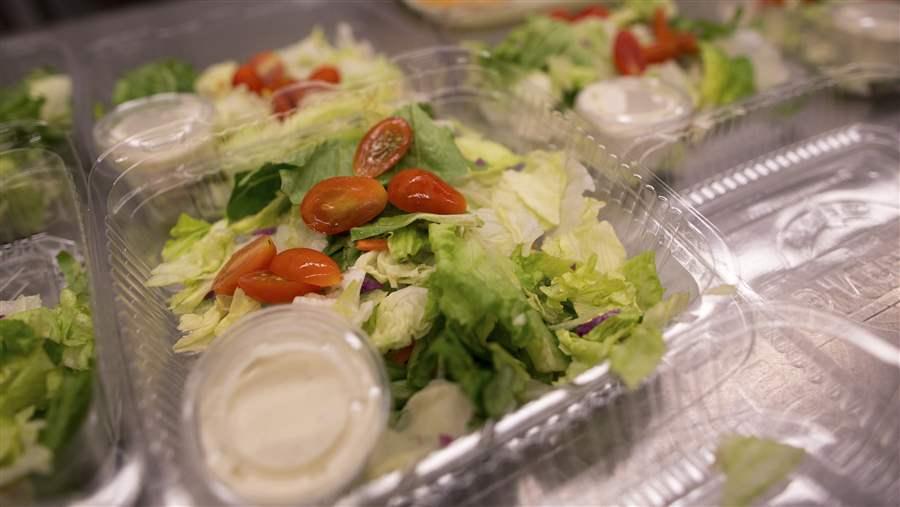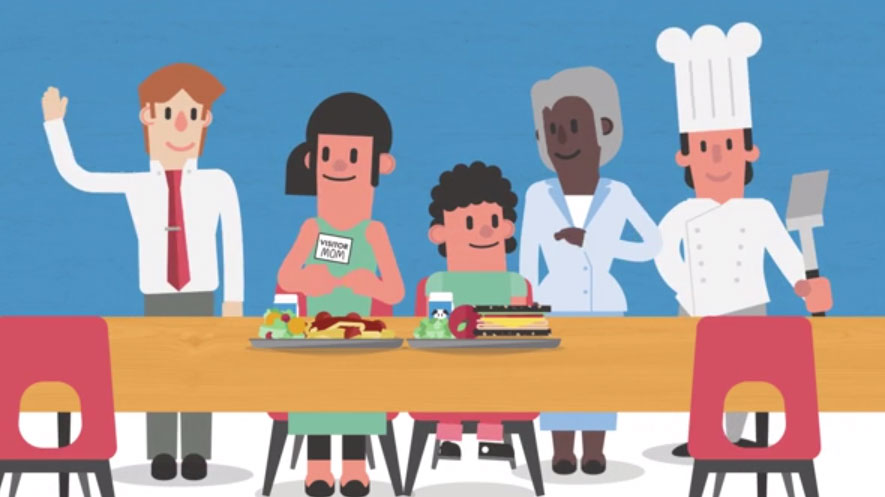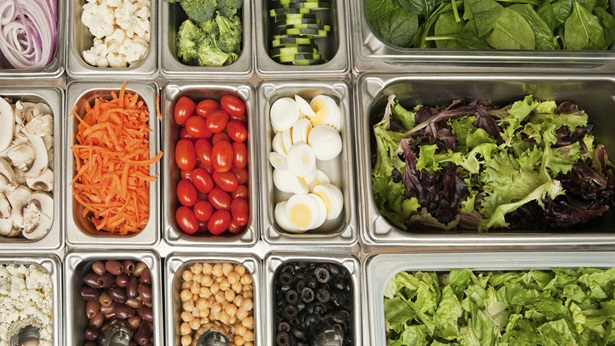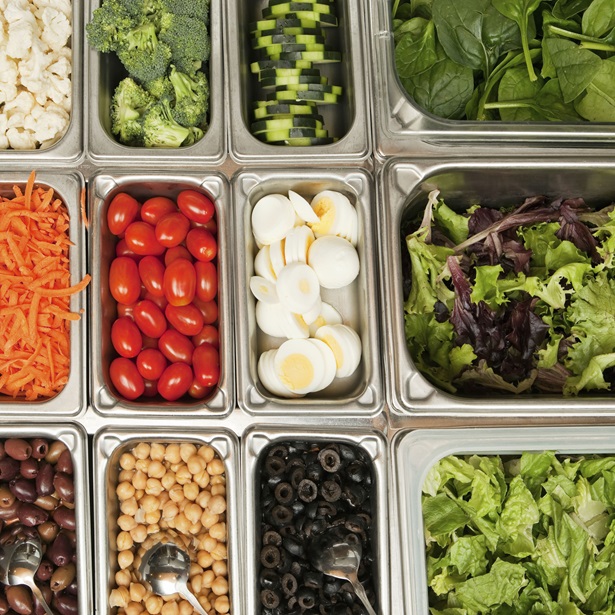Kentucky Poll Shows Strong Support for Healthy School Food Policies
 © The Pew Charitable Trusts
© The Pew Charitable TrustsWASHINGTON—The vast majority of Kentucky voters, including parents with children in public schools, support the healthy school meal standards in effect nationwide, according to a poll released today by the Kids’ Safe and Healthful Foods Project. Seventy-five percent of Kentucky voters overall and 76 percent of public school parents back the National School Lunch Program’s enhanced nutritional guidelines, now in their third year. And roughly 7 in 10 support federal rules implemented in 2014 that regulate food and drinks sold in school vending machines, at snack bars, and on a la carte menus.
Pollster Memo (PDF) | Full Results (PDF)
Polling was conducted among a representative sample of registered voters in Kentucky that included an oversampling of parents with children in public schools. The survey found that 97 percent of voters and 96 percent of public school parents think serving nutritious foods in schools is important to “ensure that children are prepared to learn and do their best.”
"Research firmly supports what every parent and teacher knows from experience: students who eat well and exercise do better academically,” said Liza Holland, secretary of the Kentucky PTA and mother of two teenagers. “It is good to see that voters across our state support healthy meals in schools as a means to help all kids excel in the classroom."
Large majorities in Kentucky favor the following standards in the national school meal guidelines:
- 96 percent of voters and 97 percent of parents support the requirement that schools include a serving of fruits or vegetables with every meal.
- 76 percent of voters and 74 percent of parents think schools should provide foods made from whole grains with every meal.
- 76 percent of voters and 76 percent of parents say salt should be limited.
Additionally, 72 percent of voters and 69 percent of parents support current nutrition standards requiring healthier snack foods and drinks.
The survey also asked whether certain other changes would improve school meals. More than 7 in 10 voters and parents in Kentucky say that meals would be substantially better if schools offered a greater variety of fruits, vegetables, and whole grains.
A study released in March by the University of Connecticut’s Rudd Center for Food Policy & Obesity shows that students are eating more nutritious foods and discarding less of their lunches under the healthier standards. Specifically, kids ate 13 percent more of their entrees and nearly 20 percent more of their vegetables in 2014 than in 2012, before the national standards were updated. Kids on average finished about three-quarters of each fruit serving in 2014, the same as in 2012, but the share of students selecting fruit with lunch rose 12 percent.
“Nutrition is especially important for children as it affects every aspect of growth and development,” said Erin Frazier M.D., pediatrician at Kosair Children’s Hospital and UofL Physicians. “Good nutrition improves educational performance, increases IQ, strengthens the immune system and leads to an overall sense of well-being. Schools have a real opportunity to model healthy choices that will benefit students their entire lives.”
Kentucky districts participating in the national school meal programs served more than 128 million breakfasts and lunches during the 2013-14 school year, resulting in more than $265 million in federal reimbursements. All of the state’s school districts met the healthier requirements for lunches as of December 2014.
“Healthier meals are now the norm in Kentucky schools, and this poll shows that parents approve of these changes,” said Jessica Donze Black, director of the Kids’ Safe and Healthful Foods Project, a collaboration of The Pew Charitable Trusts and the Robert Wood Johnson Foundation. “Strong school nutrition standards ensure that cafeteria menus reinforce the good habits that all parents want their children to learn. Parents and voters clearly recognize that healthy school food is critical for students’ health and their academic success.”
###
The Kids' Safe and Healthful Foods Project provides nonpartisan analysis and evidence-based recommendations on policies that affect the safety and healthfulness of school foods. The project is a collaboration between The Pew Charitable Trusts and the Robert Wood Johnson Foundation. Learn more at healthyschoolfoodsnow.org.
The statewide poll was conducted by Public Opinion Strategies and Hart Research Associates. Data were collected via landline and cellular telephone surveys March 2-4
among 500 registered voters, including 202 parents or guardians of children in K-12 public or charter schools. The margin of error on the sample of 500 is plus or minus 4.4 percentage points, and the margin of error on the sample of 202 is plus or minus 6.9 percentage points.


America’s Overdose Crisis
Sign up for our five-email course explaining the overdose crisis in America, the state of treatment access, and ways to improve care
Sign up

This video is hosted by YouTube. In order to view it, you must consent to the use of “Marketing Cookies” by updating your preferences in the Cookie Settings link below. View on YouTube
This video is hosted by YouTube. In order to view it, you must consent to the use of “Marketing Cookies” by updating your preferences in the Cookie Settings link below. View on YouTube
Latest from Health











